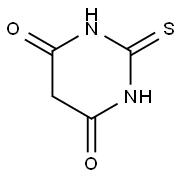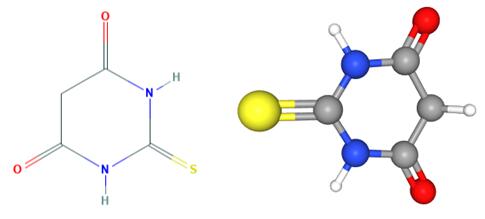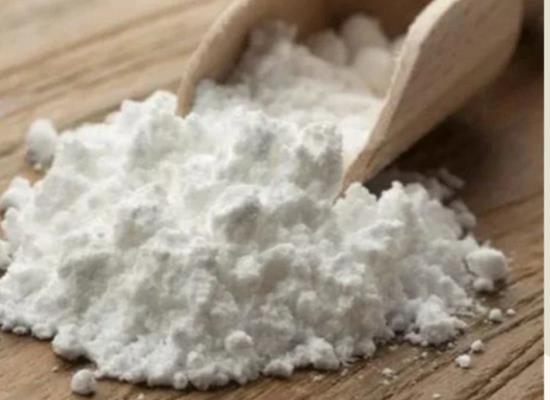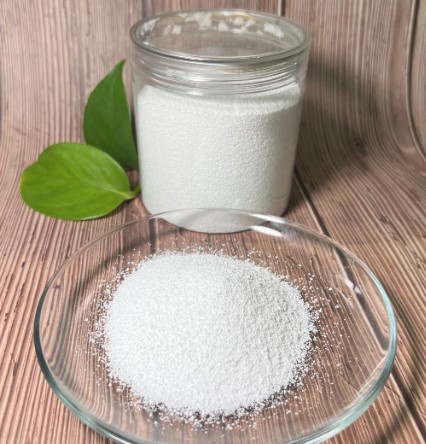2-Thiobarbituric acid: applications in measurement of antioxidant activity and safety
General Description
2-Thiobarbituric acid is widely used to measure lipid oxidation and antioxidant activity in food and physiological systems. However, there has been no review (to our knowledge) that focuses exclusively on this test. This review presents an overview of the current use of the 2-Thiobarbituric acid test in food and physiological systems, before looking at the various ways in which the assay is used in studies on antioxidant activity. As an antioxidant assay, the 2-Thiobarbituric acid test may lack acceptable reproducibility, and long reaction times may preclude its adoption as a rapid screening method. Despite these potential limitations, there are features of the 2-Thiobarbituric acid test that make it useful as a complement to popular screening tests such as Trolox equivalent antioxidant capacity.
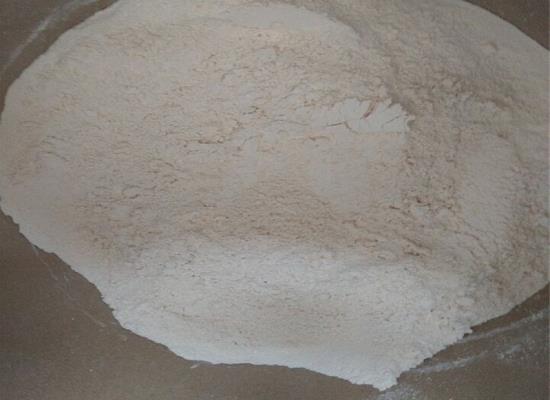
Figure 1. 2-Thiobarbituric acid
Application in measuring oxidation in lipid system
Food systems
2-Thiobarbituric acid is widely used in the 2-Thiobarbituric acid assay to measure oxidative rancidity in meat products. The original method, introduced by Turner et al in the 1950s, involved reacting 2-Thiobarbituric acid solution with oxidized pork meat and extracting the resulting red/pink pigment. Heating the sample in a boiling water bath for 30-50 minutes facilitated pigment extraction using an isoamyl alcohol-pyridine mixture. The absorbance at 538 nm was then measured. Despite the numerous variations, certain conditions are more commonly used, including the use of TCA as the acid, heating in a boiling water bath for color development, and quantification at 532 nm. The reasons behind the multitude of methods currently in use remain unclear. While the 2-Thiobarbituric acid assay is predominantly employed in measuring oxidative rancidity in meat products, it has also been applied, although less extensively, to assess oxidation in vegetable oils. However, there is limited research on using the 2-Thiobarbituric acid test to screen antioxidants in vegetable oils. In conclusion, the 2-Thiobarbituric acid assay utilizing 2-Thiobarbituric acid is a widely used method to measure oxidative rancidity in meat products. Despite the various modifications, there is no universally applicable version of the test. Further research is needed to establish standardized protocols and explore the potential applications of the 2-Thiobarbituric acid assay in other food systems, particularly in assessing antioxidant activity in vegetable oils. 1
Human physiology
Lipid oxidation plays a significant role in various human diseases, including atherosclerosis, cancer, rheumatoid arthritis, Alzheimer's, and Parkinson's diseases. 2-Thiobarbituric acid assay has been widely employed to measure lipid oxidation in biological samples from humans and related animal models. The method proposed by Buege and Aust (1978) is commonly cited and involves mixing 1.0 mL of sample with 2.0 mL of 15% TCA, 0.375% TBA, and 0.25 M HCl, followed by heating in a boiling water bath for 15 minutes. After cooling and centrifugation, absorbance is measured at 535 nm. The multitude of TBARS measurement variations raises concerns regarding its use as an antioxidant assay. Standardized conditions are necessary to ensure comparability of results across laboratories. However, due to the wide range of reaction conditions used in measuring 2-Thiobarbituric acid, establishing universally accepted definitive conditions may pose a challenge. In summary, 2-Thiobarbituric acid assay has been extensively applied to assess lipid oxidation in biological samples. However, the lack of standardized conditions and the numerous variations employed present difficulties in adopting 2-Thiobarbituric acid as an antioxidant assay. Further research is needed to establish consistent protocols that can be universally accepted in the scientific community. 2
Safety
2-Thiobarbituric acid is a commonly used reagent in scientific research for measuring lipid oxidation. It is important to consider the safety precautions associated with handling this compound. According to the precautionary statements, it is advised to store 2-Thiobarbituric acid in a locked-up storage area. In case of contact with eyes, it is recommended to rinse cautiously with water for several minutes, remove contact lenses if present, and continue rinsing. If inhaled, the victim should be moved to fresh air and kept at rest in a comfortable breathing position. It is important to avoid breathing in the dust, fumes, gases, mists, vapors, or sprays of 2-Thiobarbituric acid. Regarding the hazard statements, 2-Thiobarbituric acid may cause respiratory irritation. It can also cause serious eye irritation and skin irritation. In conclusion, when working with 2-Thiobarbituric acid, it is crucial to take precautionary measures to ensure safety. 3
Reference
1. Turner E, Paynter W, Montie EJ, Bessert M, Struck G, Olson F. Use of the 2-thiobarbituric acid reagent to measure rancidity in frozen pork. Food Technology, (1954), 8(7): 326-330.
2. Buege JA, Aust SD. Microsomal lipid peroxidation. Methods in Enzymology, 1978, 52, 302.
3. Chemical Safety Data Sheet MSDS/SDS: 2-Thiobarbituric acid. ChemicalBook, 2023.
Related articles And Qustion
See also
Lastest Price from 2-Thiobarbituric acid manufacturers
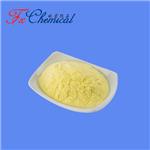
US $0.00/KG2025-04-21
- CAS:
- 504-17-6
- Min. Order:
- 1KG
- Purity:
- 98%min
- Supply Ability:
- 30tons/month

US $1.10/g2025-04-17
- CAS:
- 504-17-6
- Min. Order:
- 1g
- Purity:
- 99.0% min
- Supply Ability:
- 100 tons min
